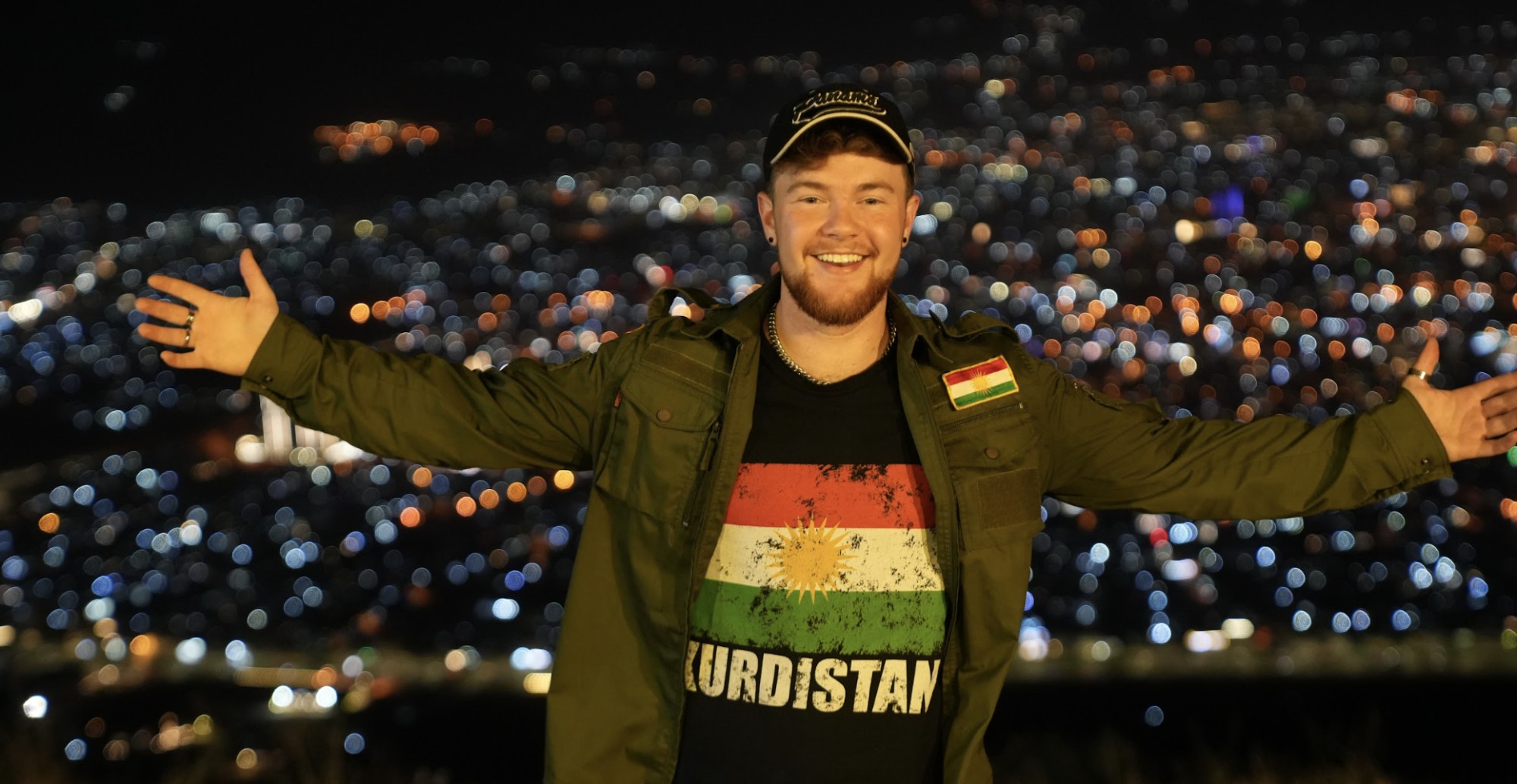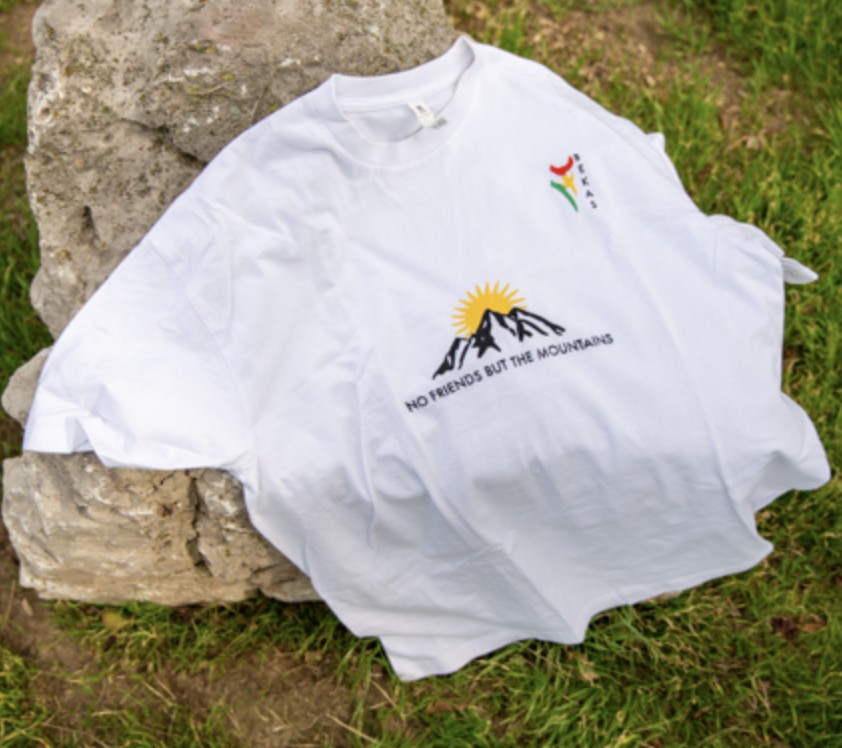Kurdish clothing holds historical roots tracing back to ancient times and stands as a distinctive symbol of Kurdish heritage and identity, becoming a cherished national emblem. Moreover, the quality of fabric and craftsmanship have continually progressed, preserving its traditional essence while adapting to contemporary styles.
While the manner of wearing Kurdish clothing varies across regions within Kurdistan, it is prominently displayed during significant occasions, celebrations, and festivities. The Kurdish New Year, or Newroz, celebration holds particular significance among Kurds, with a vast majority both within and outside the Kurdistan Region choosing to showcase their Kurdish attire.
During Newroz 2024 (on March 21), the Kurdish clothing market was abuzz with activity from both customers and sellers. Notably, female Kurdish clothing artisans experienced a substantial increase in demand for Newroz attire compared to previous years. This year, the surge in demand—approximately 75% higher than in previous years—also led to a revival of interest in classic Kurdish clothing designs

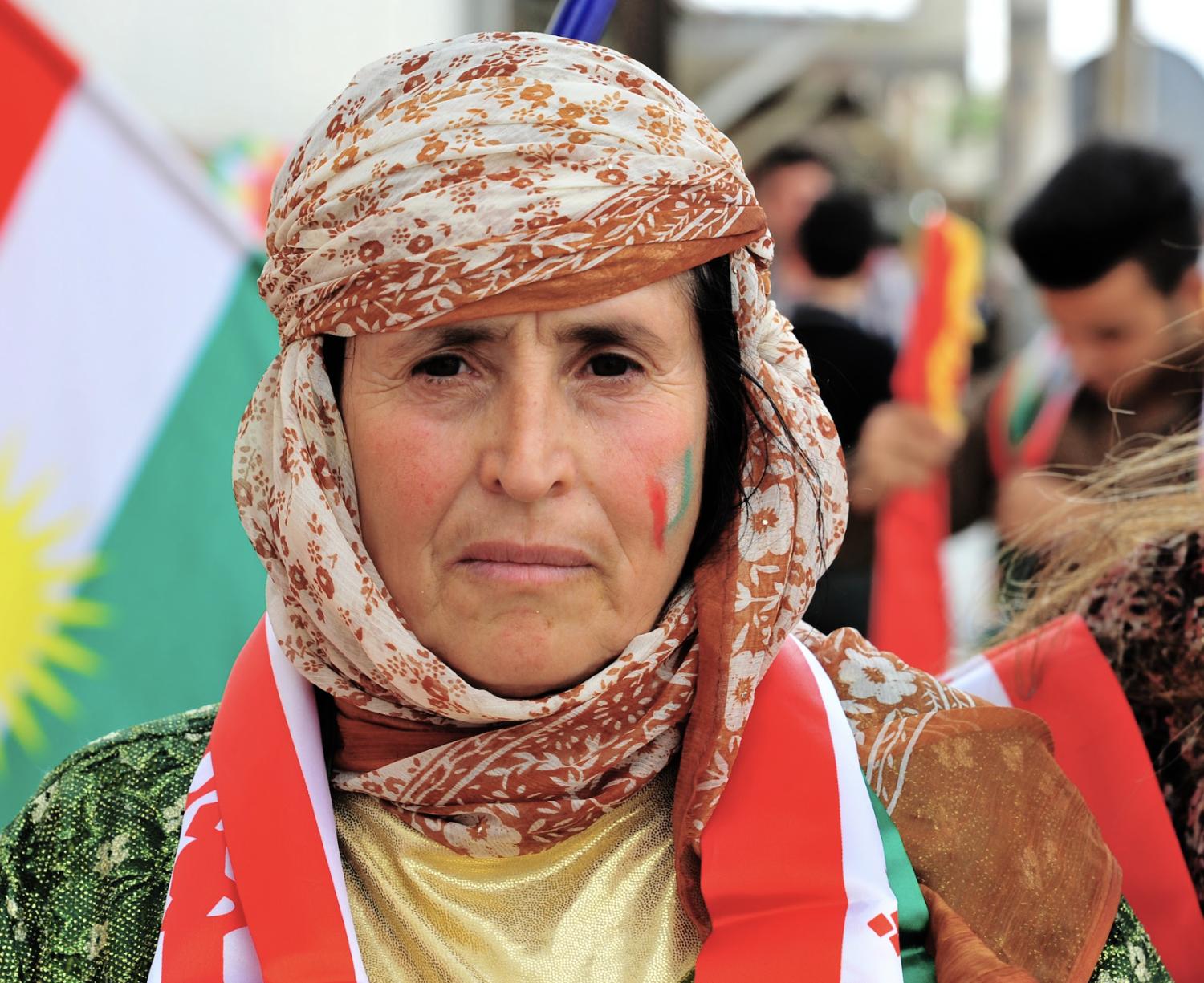
Going global
Within the Kurdistan Region, numerous women entrepreneurs have established well-regarded Kurdish clothing brands. Engaging in design, tailoring, and the meticulous craft of Kurdish attire, they have gained substantial popularity not only within Kurdistan, but also internationally, thus helping to preserve Kurdistan’s rich heritage while introducing it to the global stage.
In the city of Sulaymaniyah, Nihayat Mohammed has already achieved renown for her brand in Kurdistan and abroad. A designer, tailor, and owner of the esteemed NT Fashion brand, Nihayat provided a glimpse into her professional journey in an interview with Kurdistan Chronicle. “I began learning the art of tailoring, particularly Kurdish clothing, in 1985 under the tutelage of my mother, a respected tailor in Halabja. For over 32 years, I have pursued this craft independently. In 2016, I established NT Fashion, aiming to reach audiences beyond Kurdistan. Over the years, I’ve observed a consistent rise in demand for Kurdish attire during Newroz celebrations, festivals, and events,” she says.
“Every year, I design new Kurdish clothing. Before September 2023, I prepared a design for the upcoming year. The fabric, stitching, and embroidery comprise a blend of both old and modern styles. The designs draw inspiration from the styles of the 1970s and 1980s, with the older styles accounting for roughly 70% of the final design. The idea for this year’s design struck me when I looked at my mother’s and grandmother’s old attire. We call the design gul xanm. It features specific and highly popular fabric colors for Newroz, including gold, red, and green,” Nihayat explains.

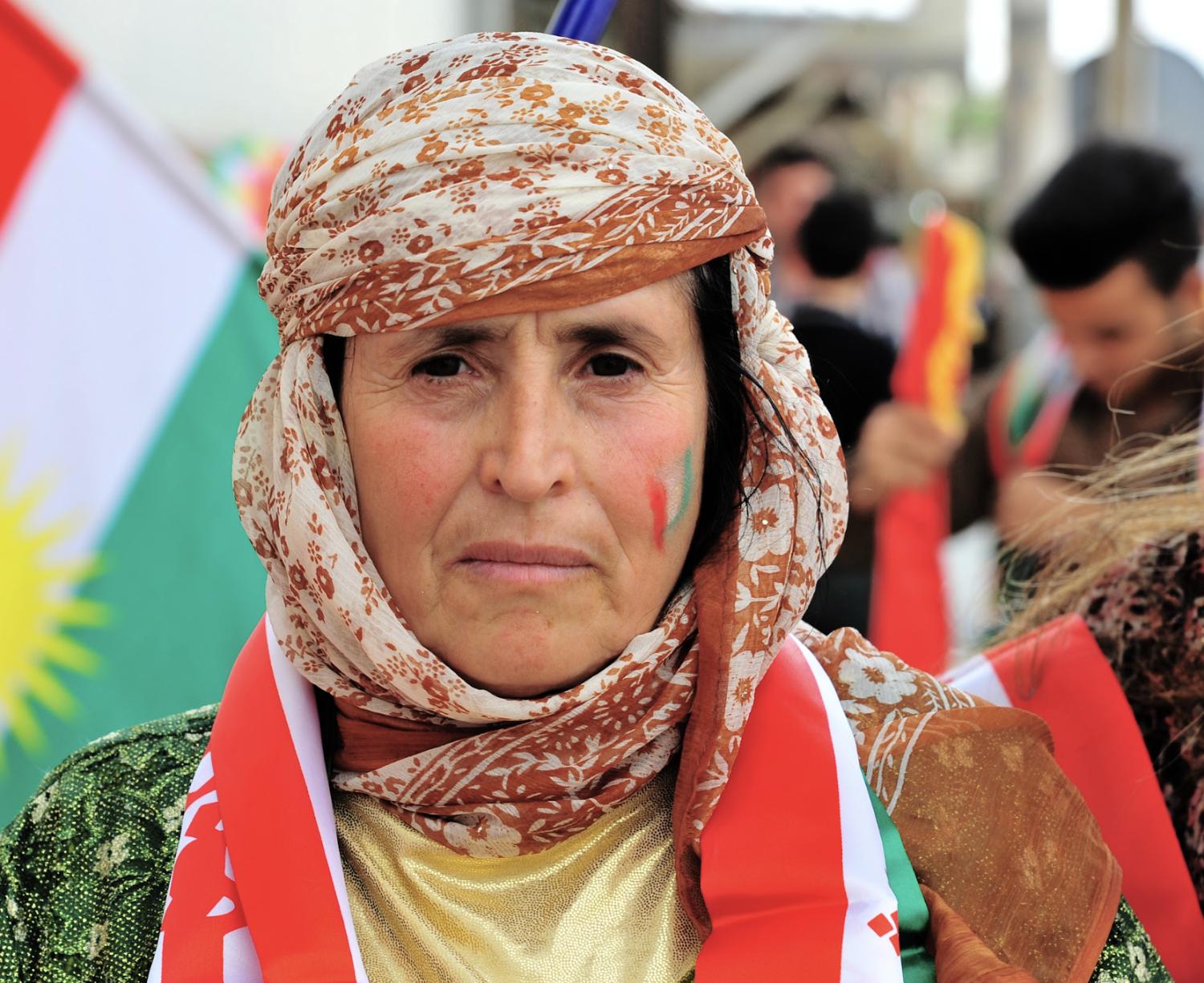
According to Nihayat, Kurdish women’s attire typically consists of a long dress with a very short jacket known as a yelk or kawa. The head covering is known by different names such as klaw, mushki, and bushi and varies in size, materials used, and colors. “Women often embellish their clothing with metallic pieces, especially gold,” she notes. “Those who are more affluent might wear gold belts around their waist, while those with limited resources opt for accessories made of metal painted in gold or crafted by us according to their preferences.”
After completing the designs, Nihayat and her team present samples to merchants. Based on the design and color, the merchants manufacture them in China or occasionally import ready-made pieces of fabric either from Pakistan or, more often, Dubai. They begin to receive orders in September.
In terms of demand, Nihayat said that volume of orders was greatest in the Kurdistan Region and the UK, Dubai, Germany, Iran, Sweden, Saudi Arabia, Turkey, and the United States.
Newroz designs can range in cost based on the customer’s preferences: “The prices for our Kurdish women’s clothing vary depending on the fabric type. Non-handmade garments cost around $100, while handmade, embroidered clothing ranges from $200 to $600. Traditional hats, crafted by hand, range from $50 to $200,” Nihayat says.
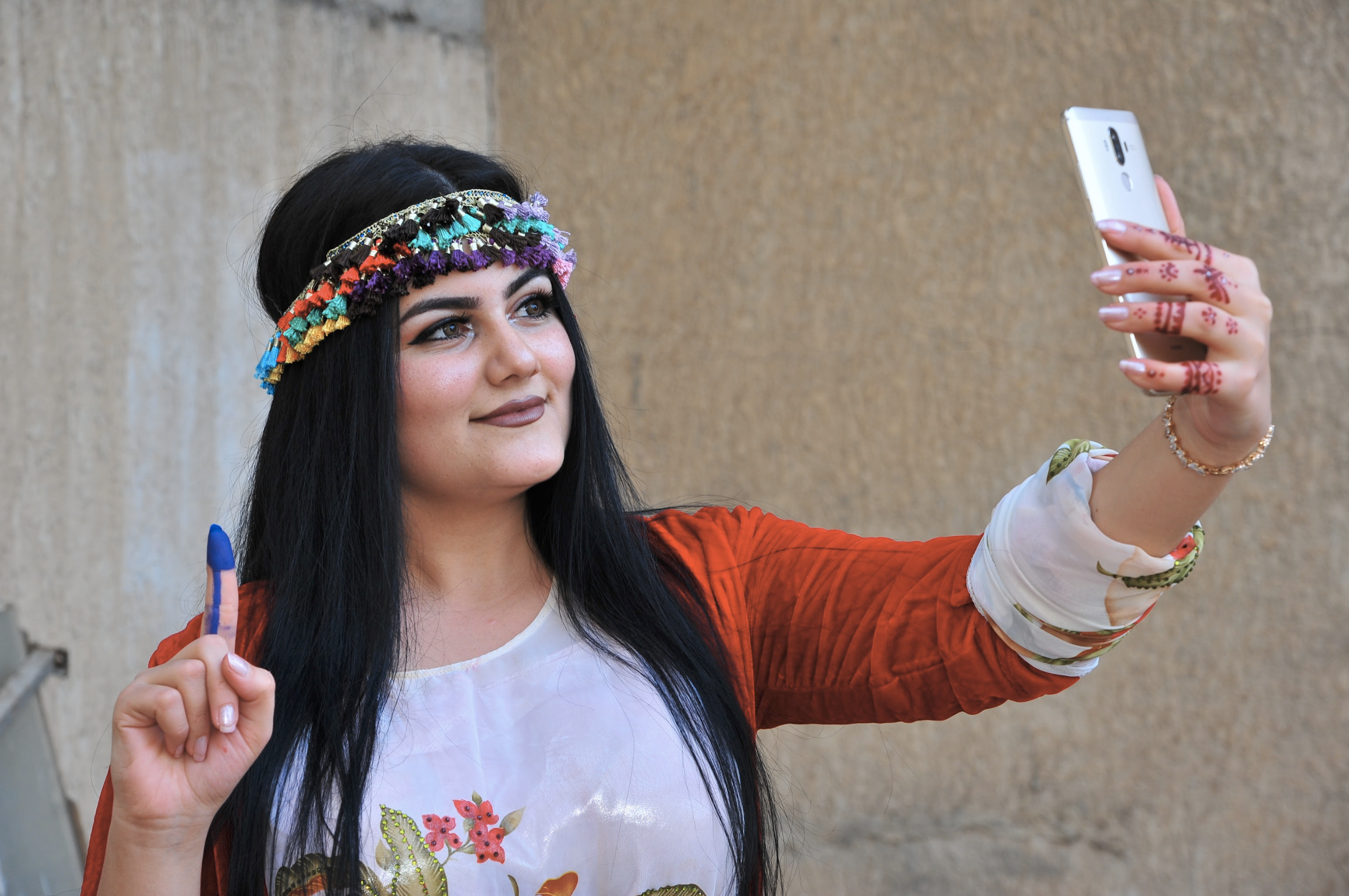
Year-round enterprise
Nihayat explains more about the work process at the NT Fashion factory. A team of eight women works every day except Fridays and Saturdays, from 8 am to 6 pm, doing tailoring and embroidery. “Additionally, apart from supervising, I engage in design and tailoring as well,” she says.
As the last Newroz celebrations approached, the pace accelerated, often requiring work until midnight due to the high number of women with last-minute requests. “Fortunately, we were able to promptly fulfill their requests. On average, we tailored and embroidered between six and eight pieces each day. This process continues into the months after Newroz, ahead of other holidays such as Ramadan and Eid al-Adha, and with ad hoc demands from women for specific celebrations and events,” says Nihayat.
The hard work is all worth it for Nihayat, not simply from a commercial perspective, but because she is so passionate about her craft and its importance.“Fashion stands as a significant reflection of a nation’s culture, heritage, and civilization, and Kurdish clothing is distinct from others due to the multitude of pieces worn by both men and women and the vibrant colors of fabrics used, particularly by women,” she notes.

“By adorning themselves with these colorful garments, Kurds showcased the essence of Kurdistan’s mountains, climate, and nature, affirming their Kurdish identity and celebrating their new year,” she continues.
She also is working to build the industry so that it has a more sustainable and unique future. “For three years now, I’ve been teaching numerous women in and outside Sulaymaniyah the art of tailoring, aiming for them to start working in this field, promoting Kurdish clothing and earning a livelihood through their work,” she says.
Fatmah Qasim Habib is a journalist, artist, translator, writer, poet, and art designer who has organized numerous art exhibitions in both the Kurdistan Region and internationally.
